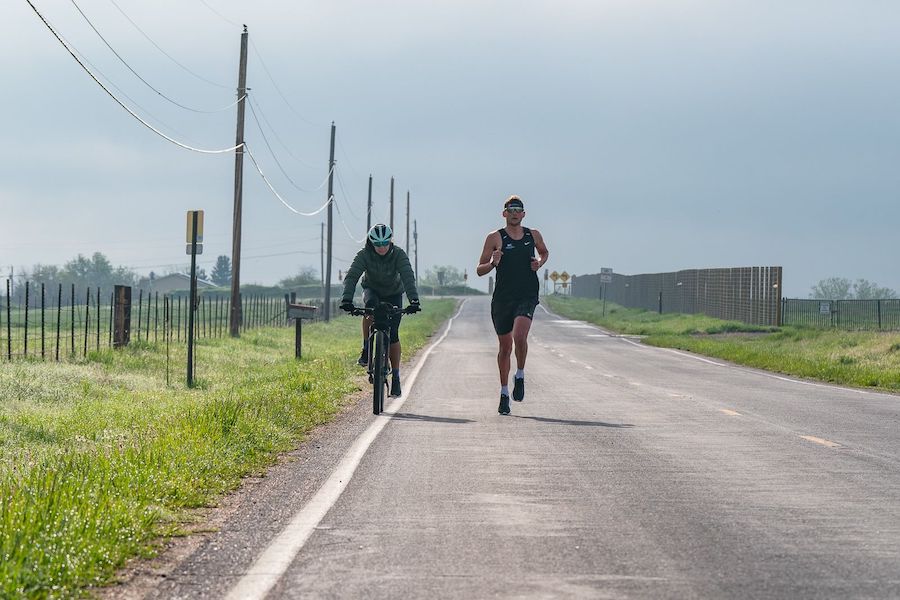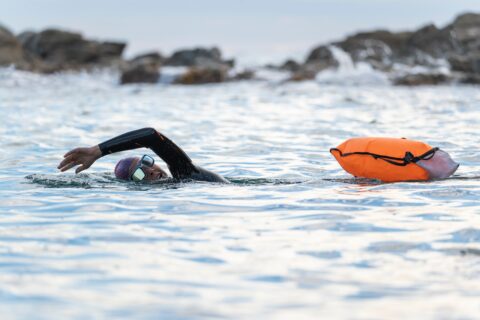Work with your athlete to create a race plan for the season—and then build your training plan from there, but remember there’s plenty to factor in.
Work with your athlete to create a race plan for the season—and then build your training plan from there, but remember there’s plenty to factor in.





